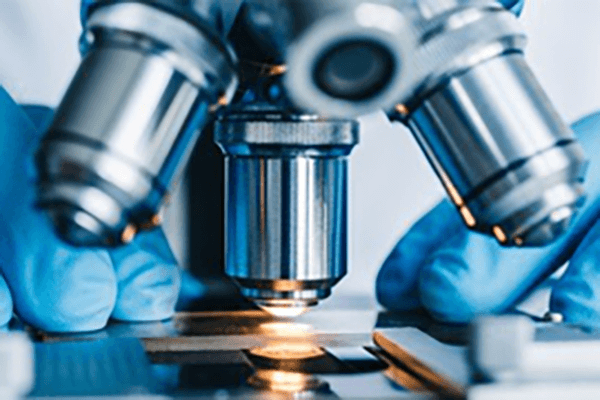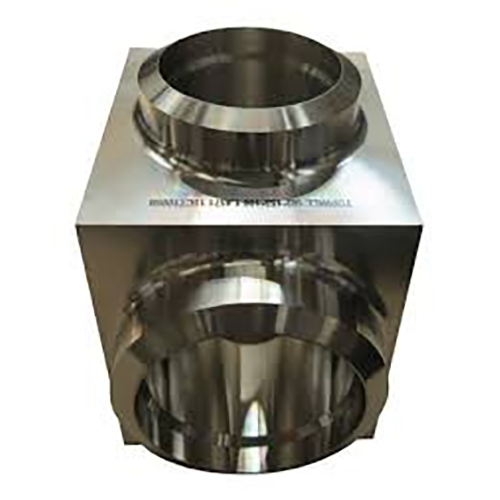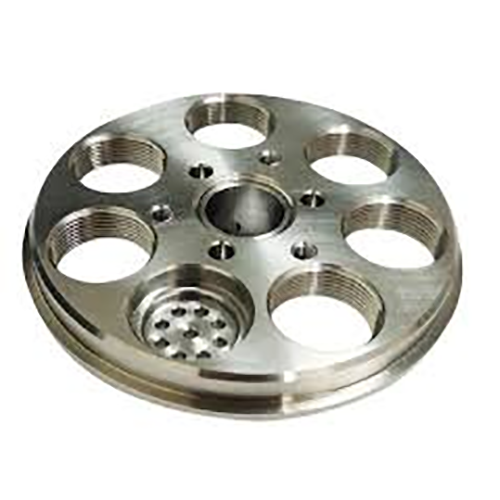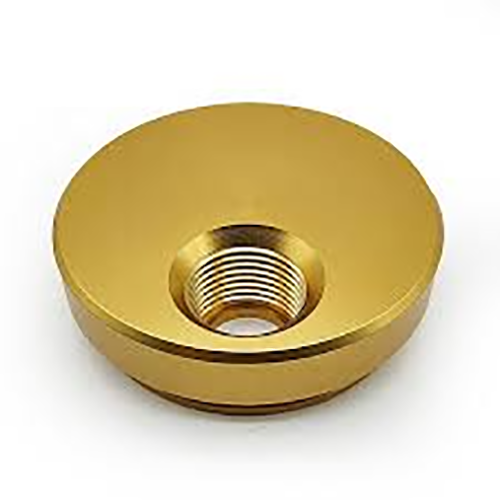
Attaining target exterior polish for a CNC part proves indispensable.
- Blueprint callouts define exact texture requirements for manufactured pieces
- Technical callouts use Ra, a measure of average irregularity, to quantify finish
- Grasping callout meaning is essential to make parts conform to design intent
- Specified texture can change lubrication regimes, frictional forces, and endurance
- Accurate interpretation of callouts is required to realize the targeted surface
Defining Precision in CNC Machining

CNC machining is a transformative approach within manufacturing through automated code the equipment produces detailed patterns with tight tolerances.
- Automated machining allows fabrication of accurate parts from multiple materials
- Multifaceted CNC utility supports electronics, automotive, and aerospace production
- Numerical control systems guarantee repeatable accuracy between batches
From small prototypes to large-volume runs CNC machining performs a central function in today's manufacturing landscape
CNC Spec Interpretation
Reading machine specs may appear overwhelming initially
In contrast, measured learning and order help you traverse technical specifications
Launch by determining central specs: spindle rpm, feed velocity, accuracy, envelope, controller
Each characteristic modifies the machine’s effective performance.
For example a higher spindle speed is suitable for softer materials while a faster feed rate is essential for increased production.
Understanding these relationships will allow you to select the right CNC machine to match your specific requirements
Don’t forget to review maker-supplied manuals carefully.
Vendor literature commonly contains useful guidance and explains terms
Understanding CNC Machines: A Complete Overview
Computer-operated machining stations are programmed units for precise automated part fabrication across materials They read numerical control code to orchestrate cutter motion and axis control.
- Common CNC classes include milling machines, turning lathes, routing systems, plasma cutters
- Fabrication techniques operate on ferrous, nonferrous, polymeric, and composite materials
- Plus CNC technology provides rapid prototype cycles and limited manufacturing for small firms and research units
Understanding CNC Machinery
These tools showcase a blend of mechanical exactness and intelligent software command Flexible equipment harnesses software instructions to automatically fabricate basic components and intricate assemblies The fundamental principle behind CNC machines is the translation of digital designs into physical forms.
- Software-driven machining
- Software-guided fabrication
It uses accurate motion sequences commanded by the controller Technicians are essential for choosing cutting settings, supervising processes, and validating final quality.
Surface Finish Effects in CNC Production
Securing intended finish on parts is imperative It strongly influences part functionality and visual appeal The type of material being machined the cutting parameters used and the post-processing operations all contribute to the achieved surface texture.
Fine finishes raise resilience whereas rough profiles can restrict performance Numerical control machining supplies multiple methods and cutters to obtain target textures.
- Including selection of alternative tool profiles |coated inserts|cutting velocit
 y selections to shape surface
y selections to shape surface - Supplementary finishing like polishing or abrasive grinding enhances surface
Understanding parameter influences helps attain the desired surface quality.
From Operation to Applications: CNC Basics
CNC machining is a precise method of manufacturing that employs computer-controlled machinery to shape parts from various materials They run numerical instructions to manufacture complex shapes consistently Comprehending toolpaths, G-code, and tooling strategies supports effective machining
Use cases cover aerospace, automotive, medical, electronics, and more sectors From intricate parts for aircraft engines to precision molds for plastic injection CNC machines have become indispensable tools for producing high-quality products with complex geometries
Surface Finish Specification Guidelines
Correctly specifying finish is vital for CNC-produced components It helps confirm that the product aligns with performance and cosmetic needs Callouts commonly use the roughness average (Ra) system to denote surface finish The value, shown in µm or inches, quantifies mean surface irregularity height.
Take into account target smoothness and how the part will be used when calling out finish

Typically smoother finishes are chosen where tight dimensional control and alignment matter
By contrast coarser finishes may be useful where additional grip or friction is desirable
Provide specific finish callouts in engineering drawings to communicate texture needs Specify the Ra metric and note any secondary treatments or special machining steps.
Remember that effective surface finish callouts are key to achieving a successful manufacturing outcome
Categories of CNC Machines and What They Do
There exists a diverse field of CNC machines built to serve many operational purposes They depend on CAD/CAM instruction to operate cutting tools for efficient part fabrication.
- Drills bore precise holes with controlled feed and speed
- Grinders refine surfaces and achieve tight dimensional tolerances via abrasion
- Waterjet tools cut ceramics composites and metals with no heat-affected zone
Decision factors include the part’s material, feature complexity, and tolerance specifications Distinctive CNC features make these machines indispensable across multiple industries.
Realizing Superior Texture with CNC Machining
Delivering optimal surface quality is necessary and CNC processes are well-suited to achieve it By adjusting feed, rpm, and cutter geometry skilled staff shape chip flow and surface formation for better finishes Additionally superior tool grades and effective lubrication aid in producing refined textures Deliberate machining strategies and exact setups enable production of components with excellent texture.
Programming Strategies for Surface Finish
Achieving intended surface characteristics through programming is vital for quality Machining parameter combos such as feed, rpm, and tool geometry set the surface characteristics Conscientious parameter tuning with sound coolant strategy produces excellent surface quality.
- Also ongoing tool care and inspection support sustained finish reliability Continuous tool maintenance and oversight preserve high finish consistency Also ongoing tool care and inspection support machining surface finish callout sustained finish reliability
- To optimize surface finish programmers should consider factors like material type desired surface roughness and the application requirements
- Simulation aids in adjusting parameters virtually to prevent surface problems
- Moreover scheduled tool maintenance and inspection preserve surface performance
